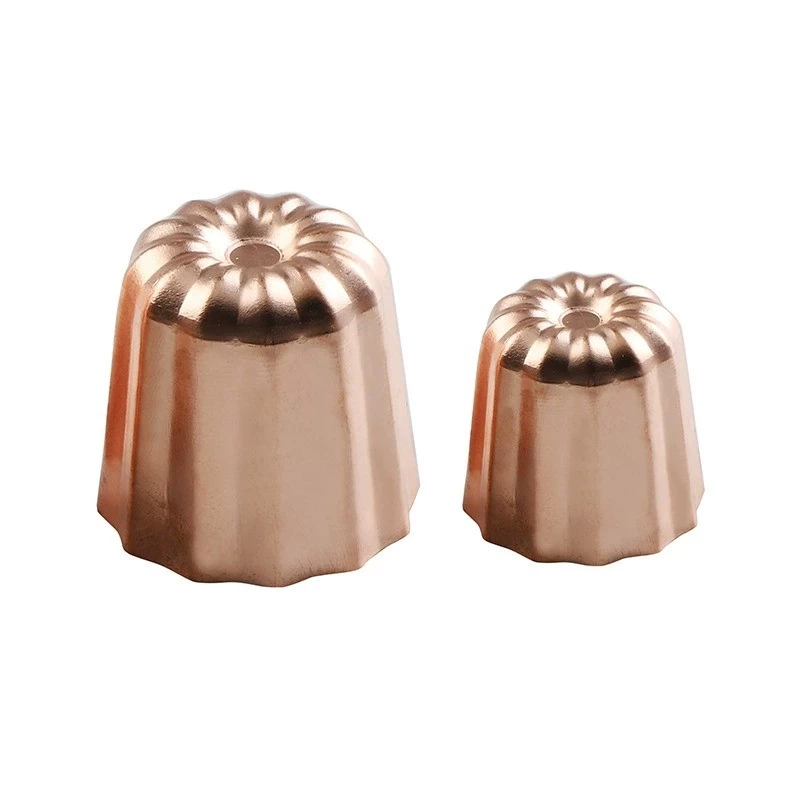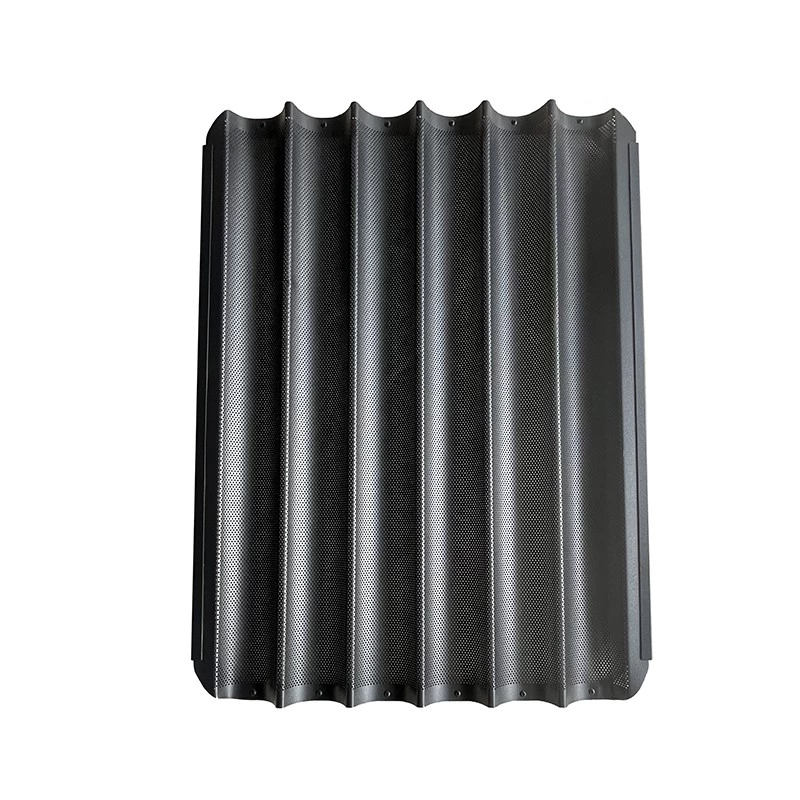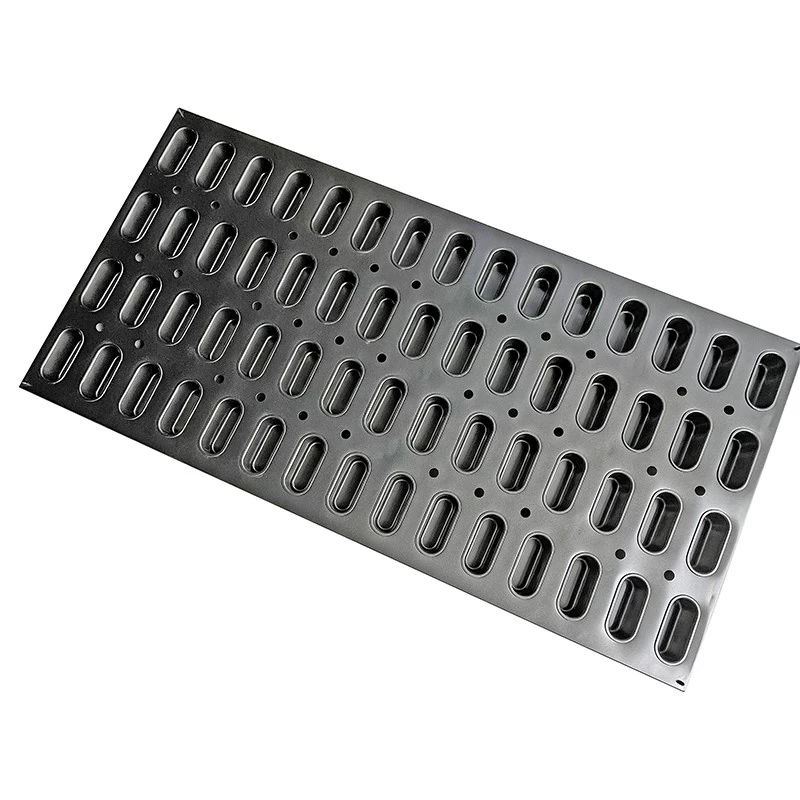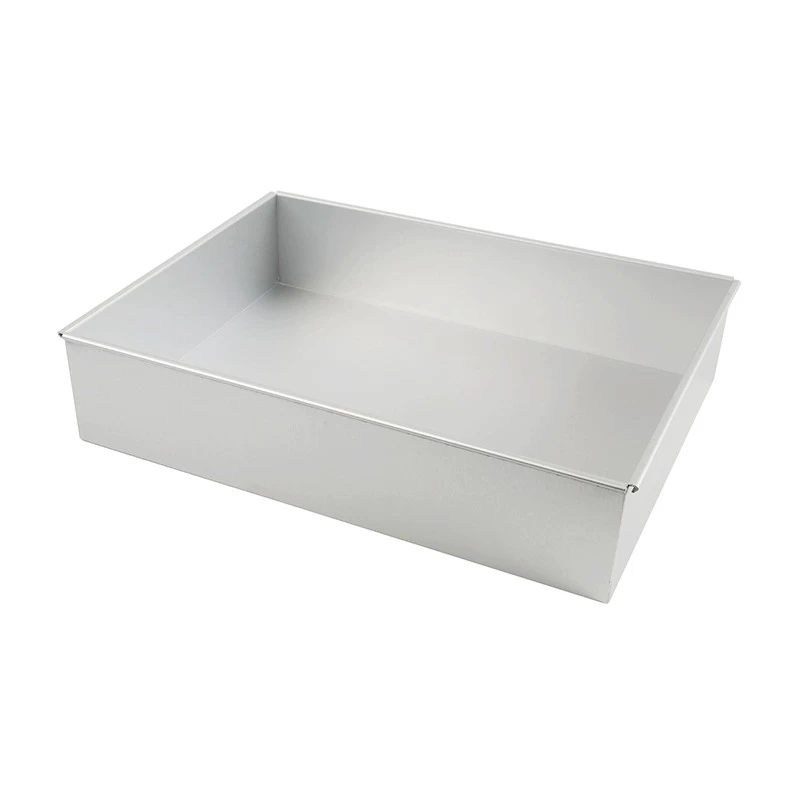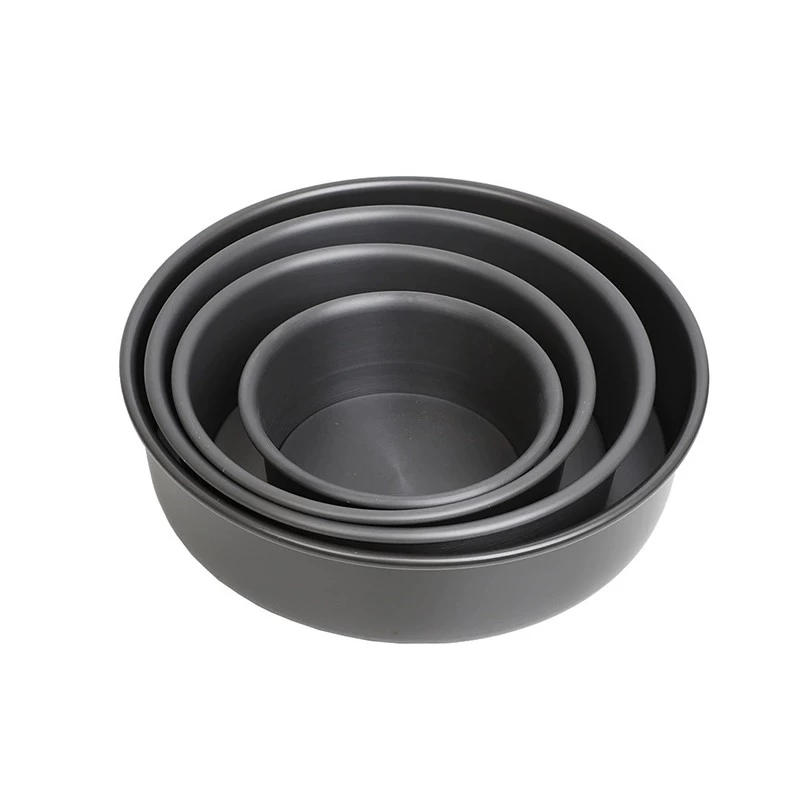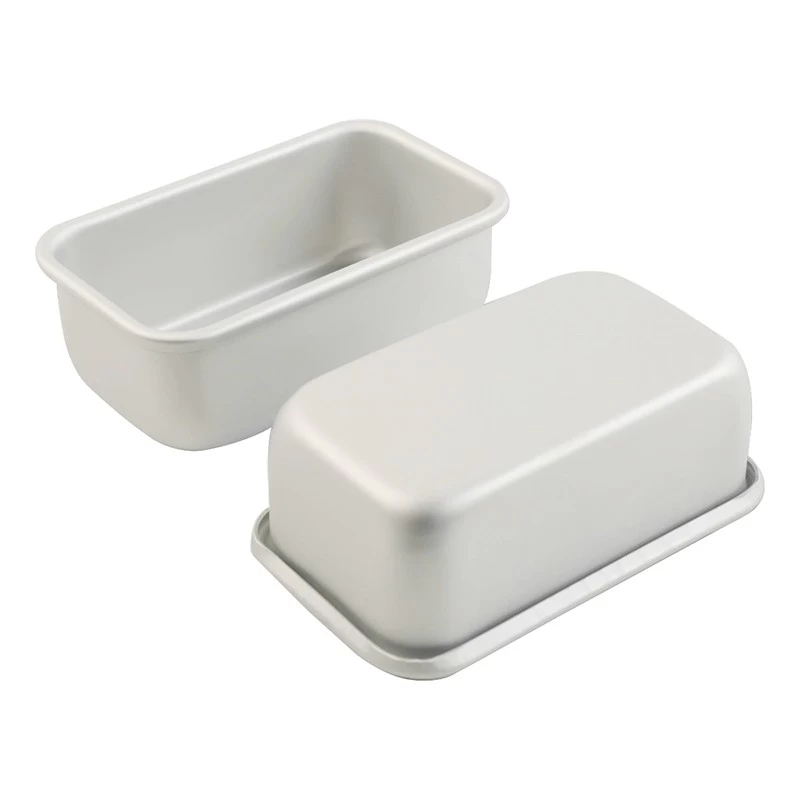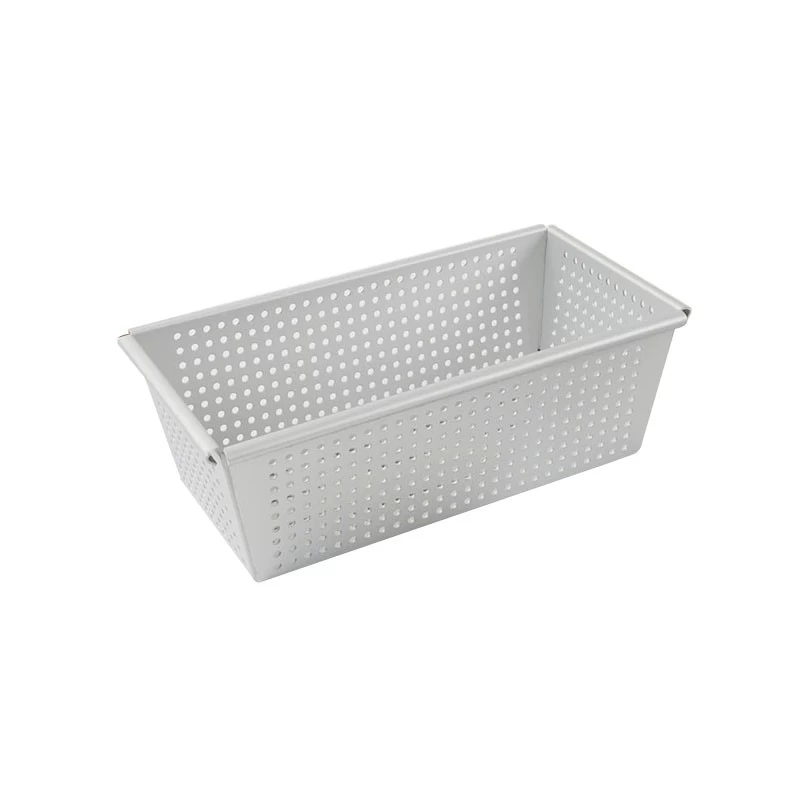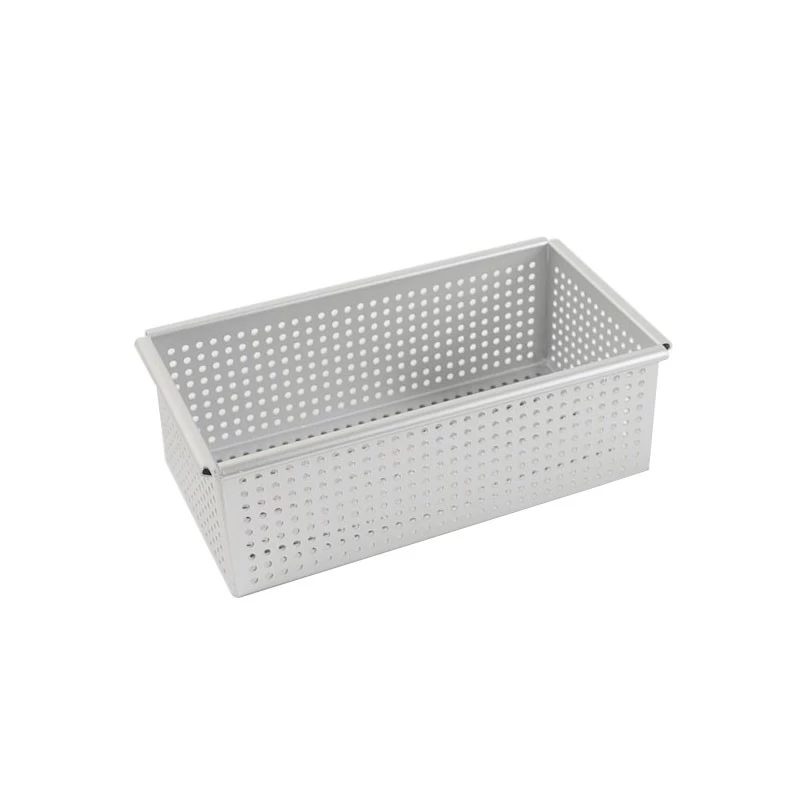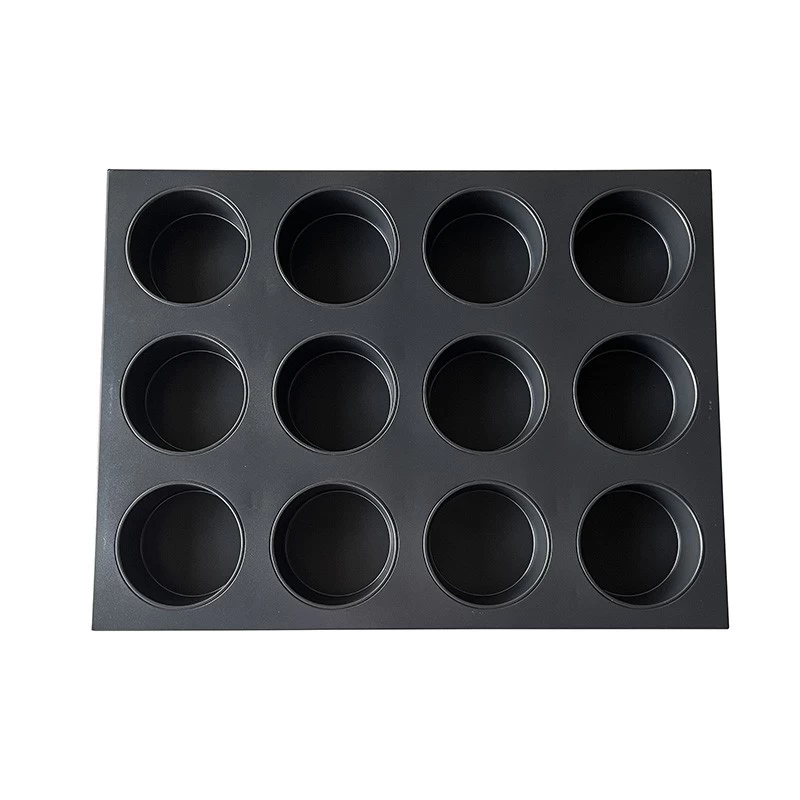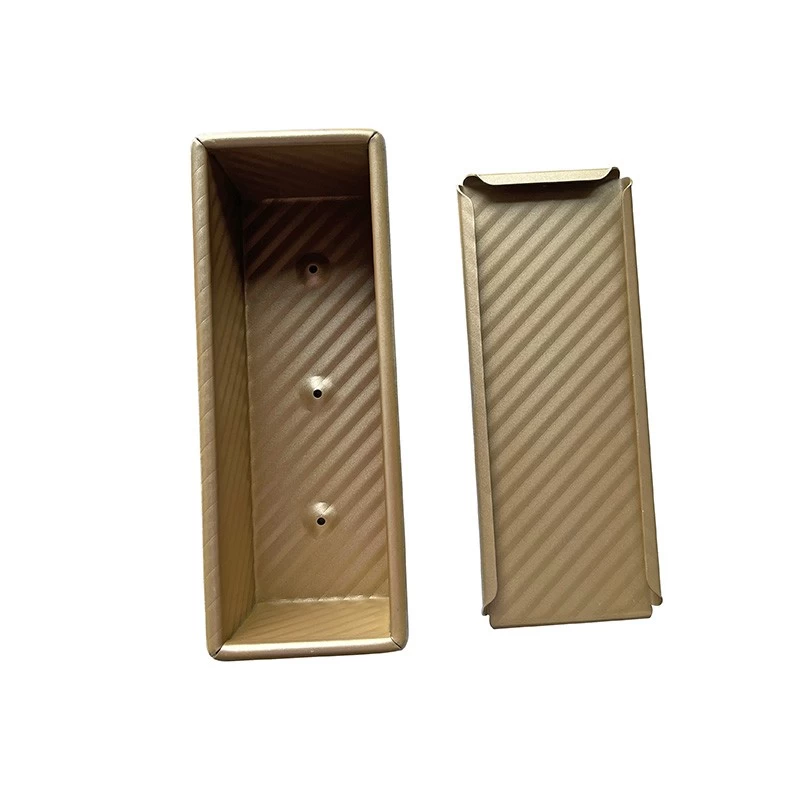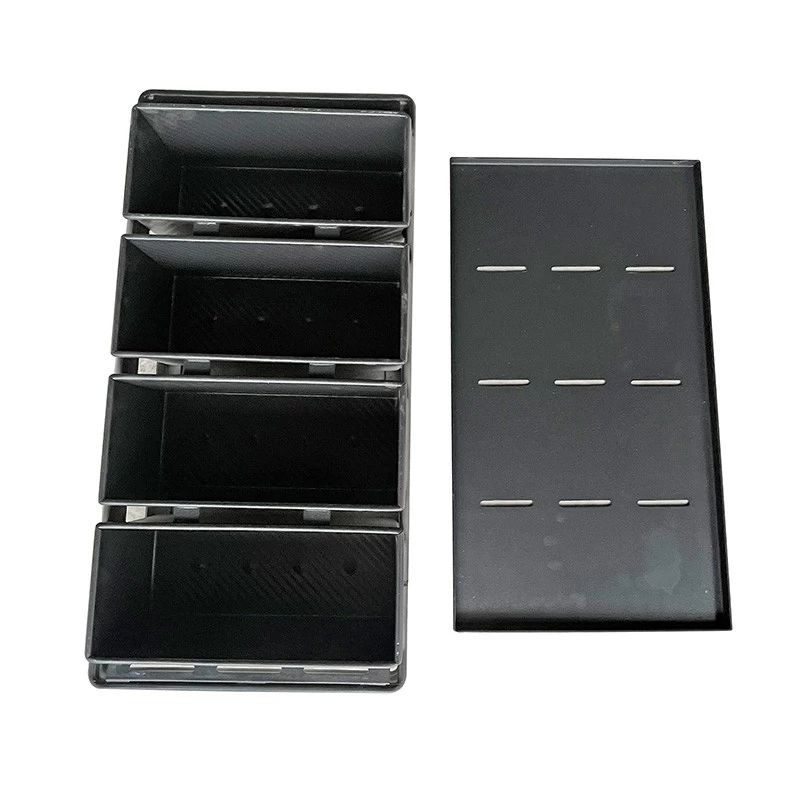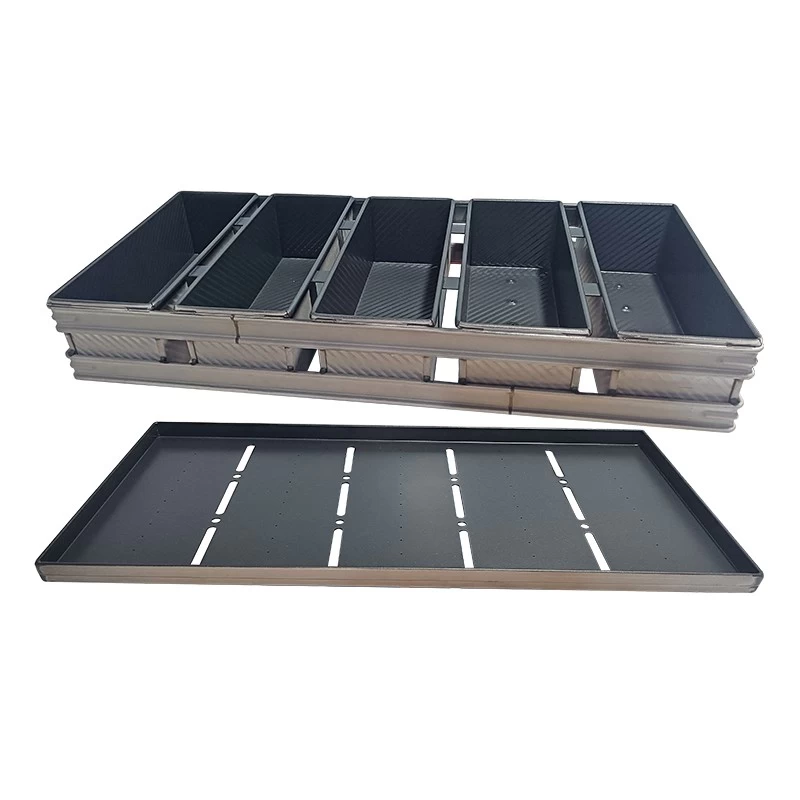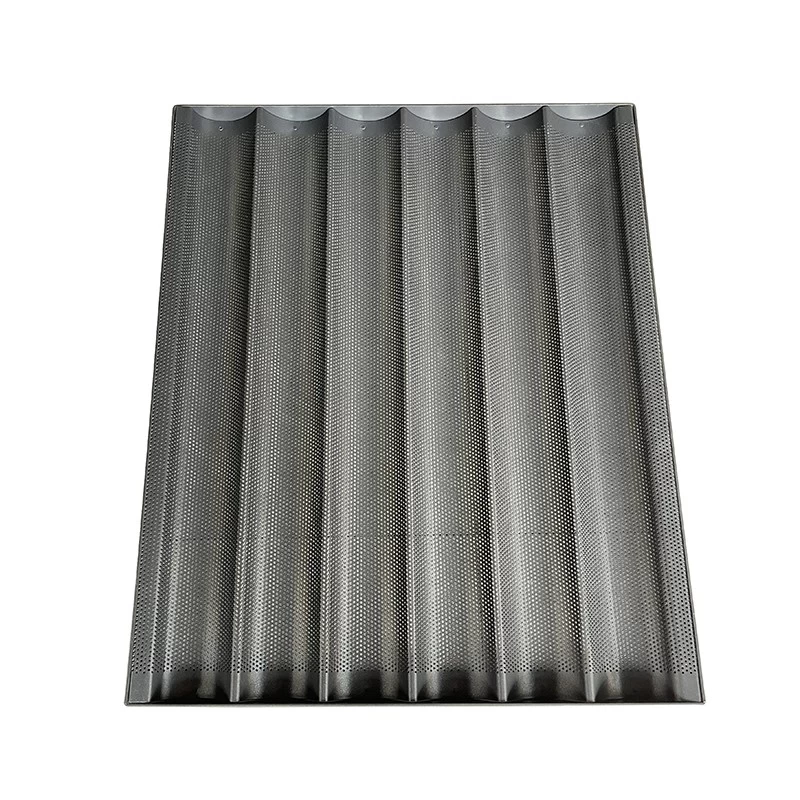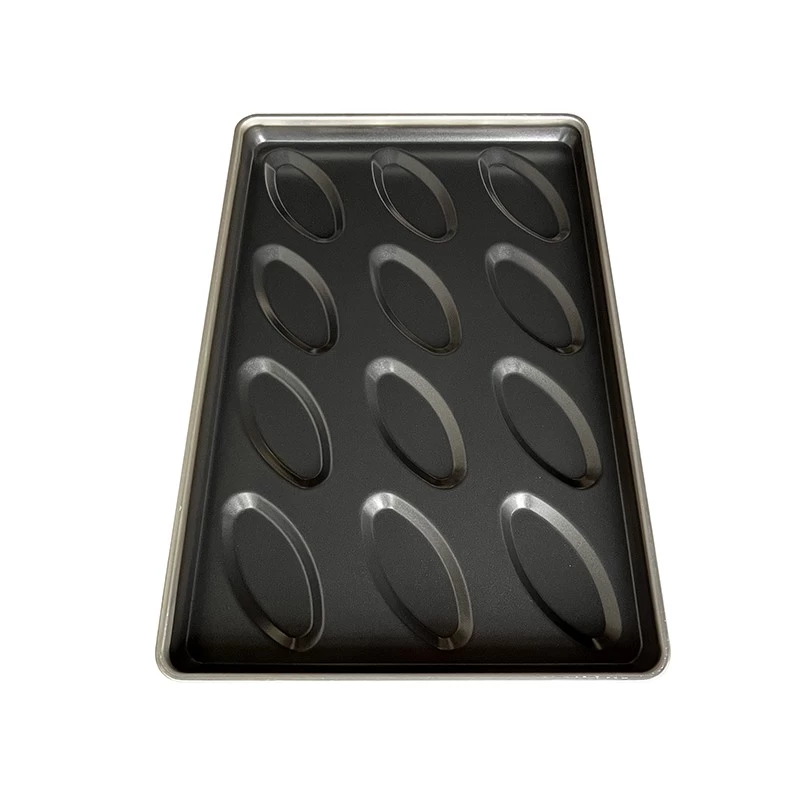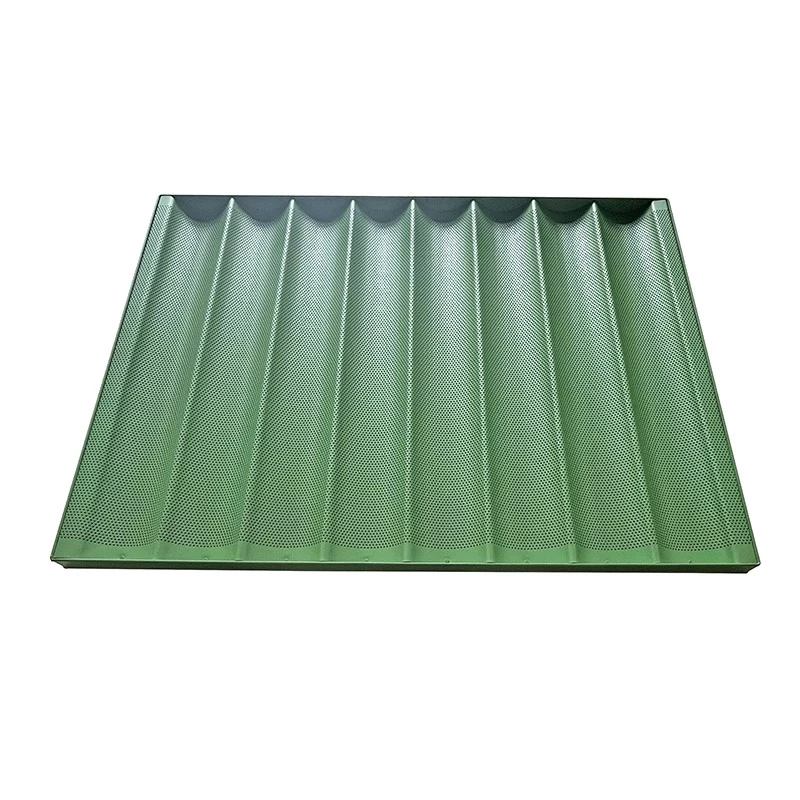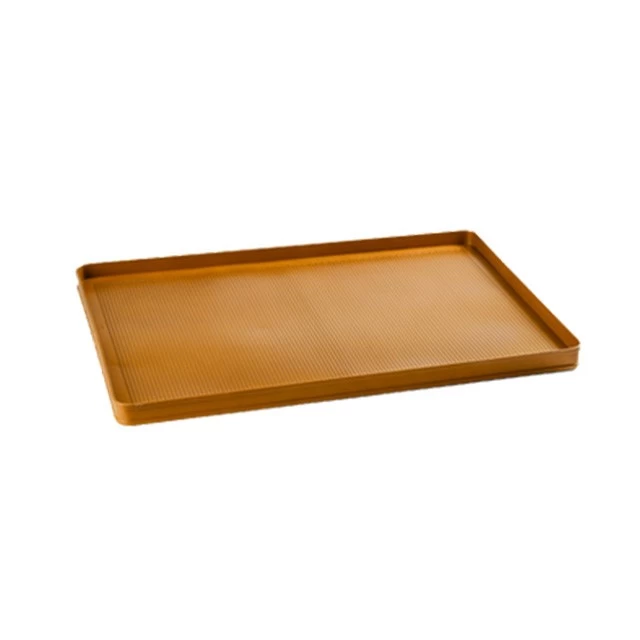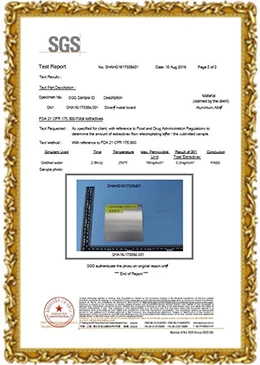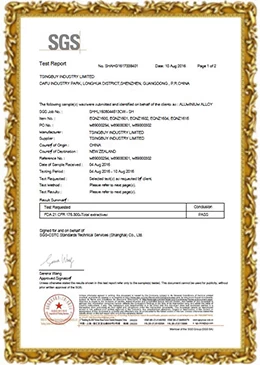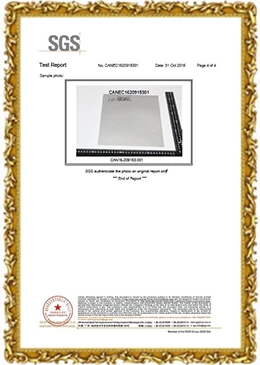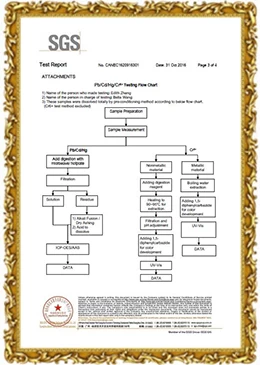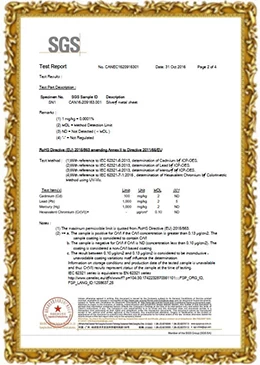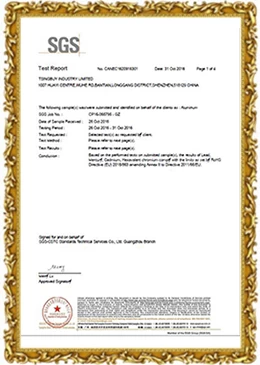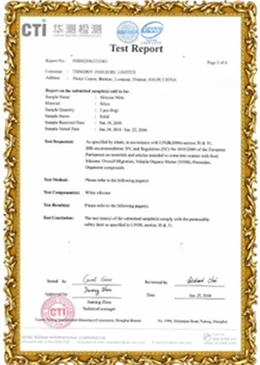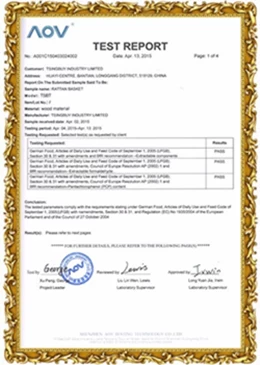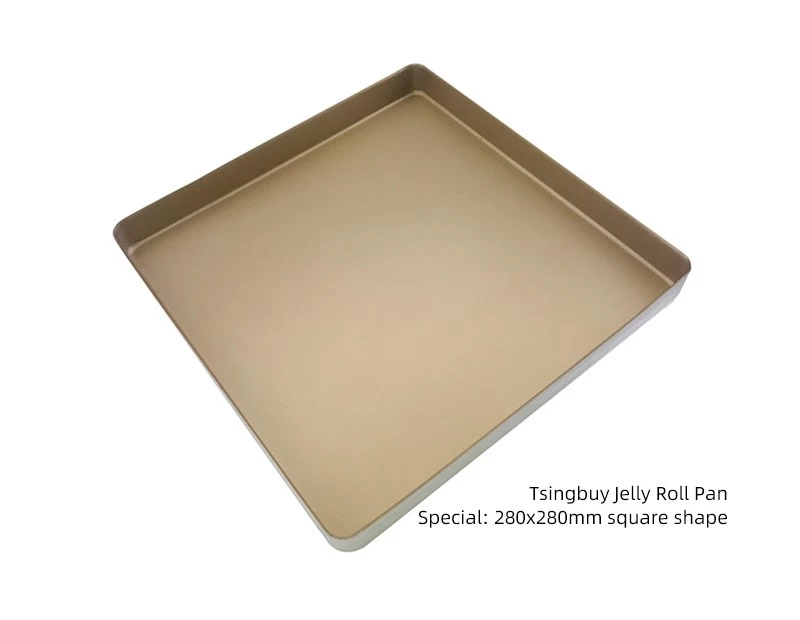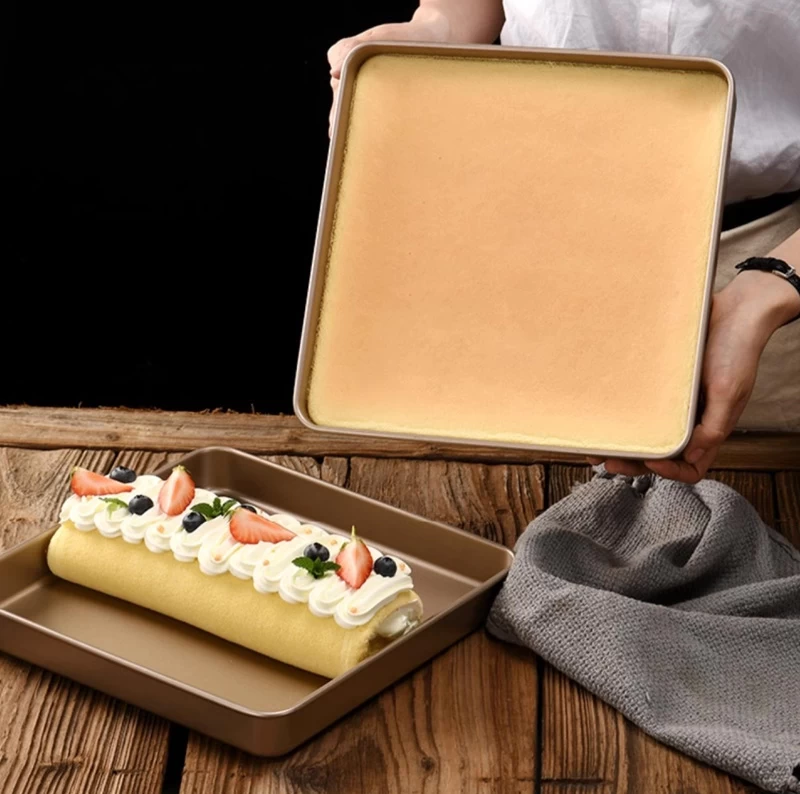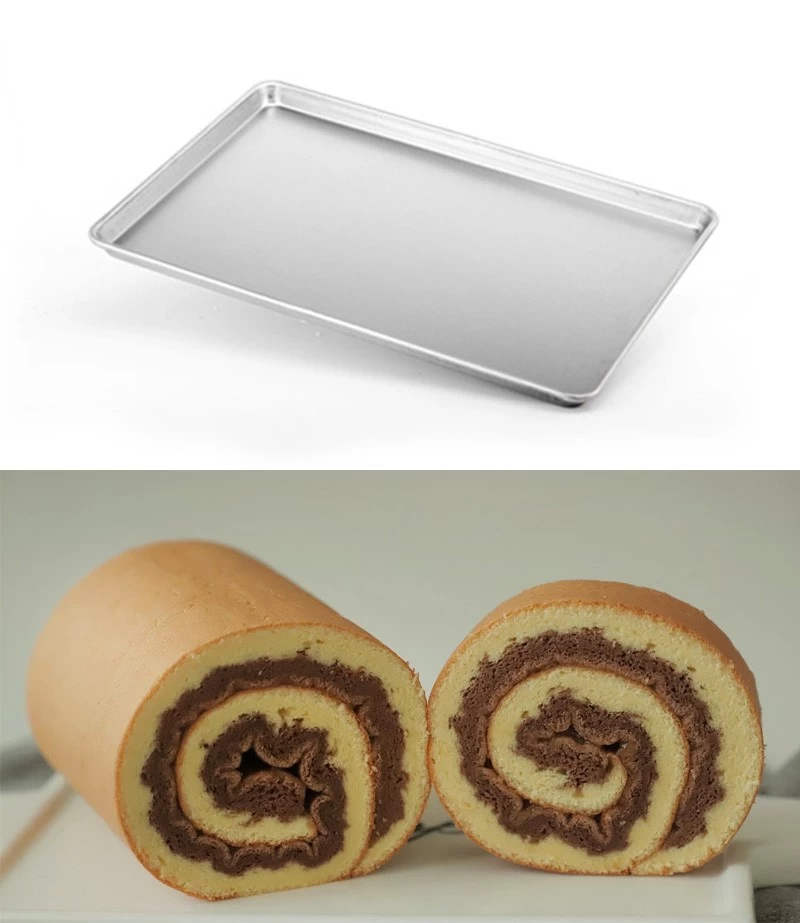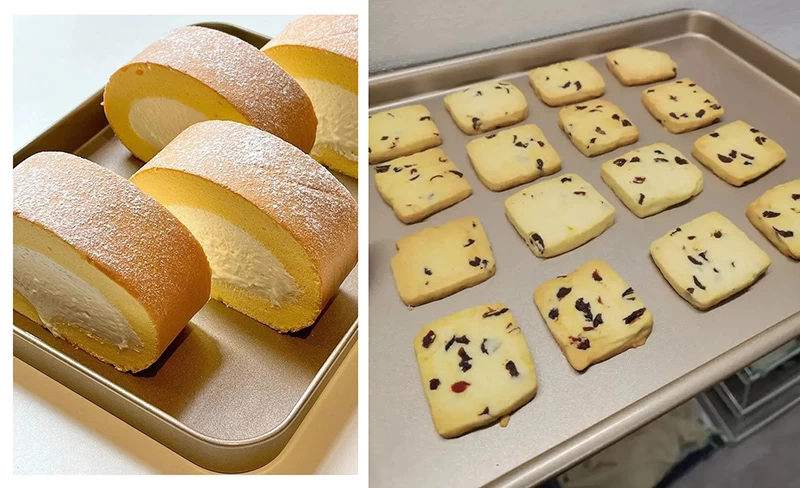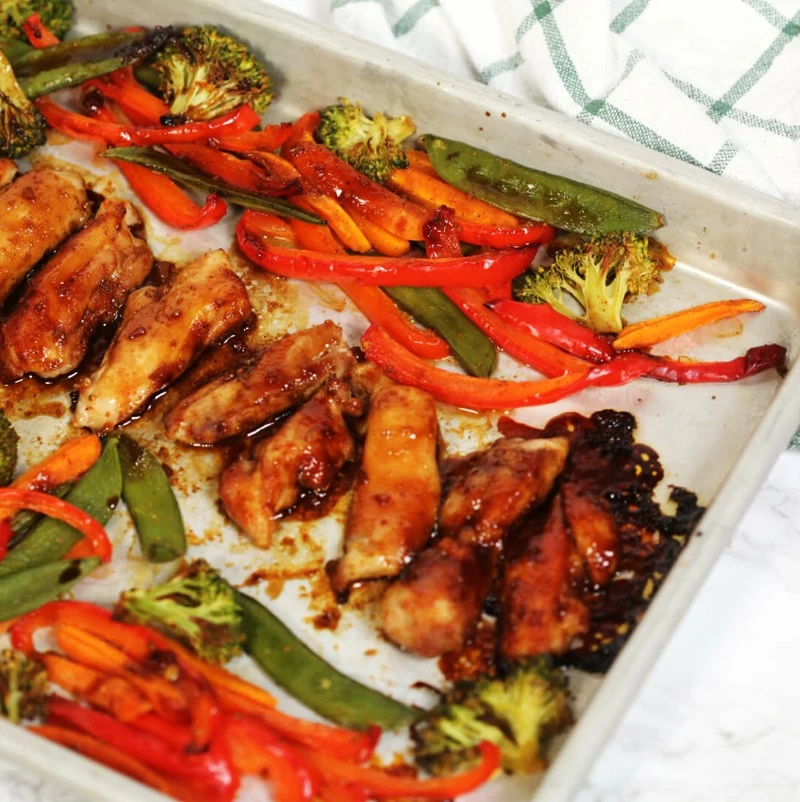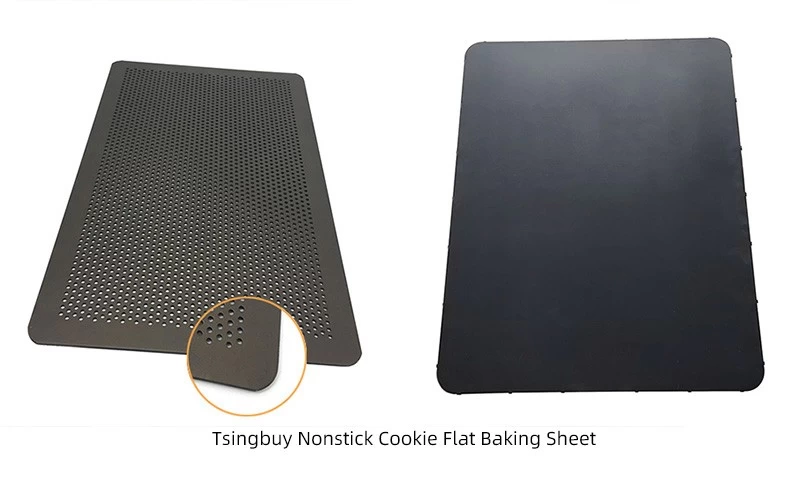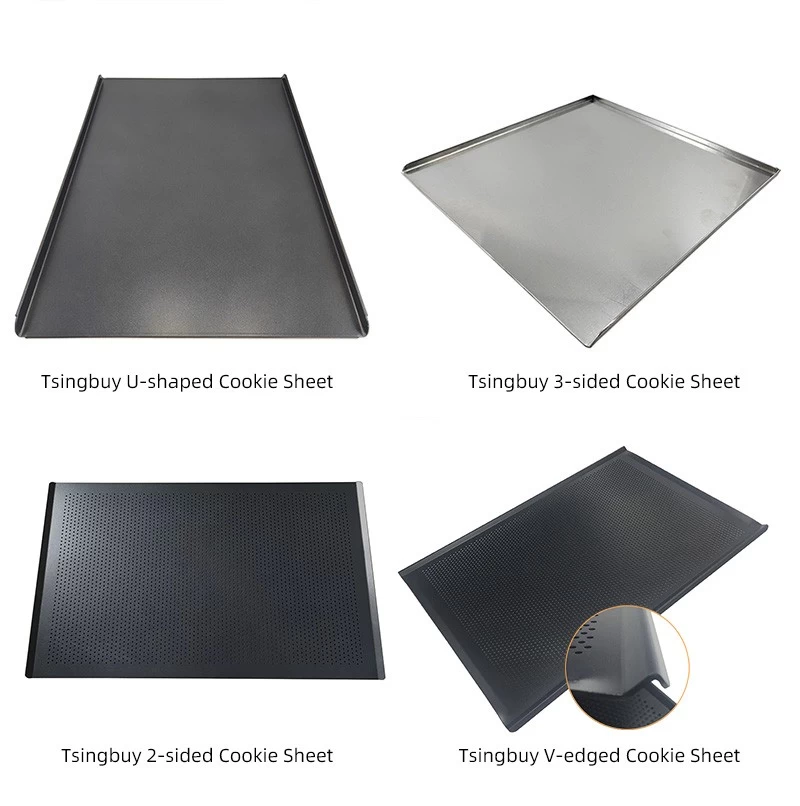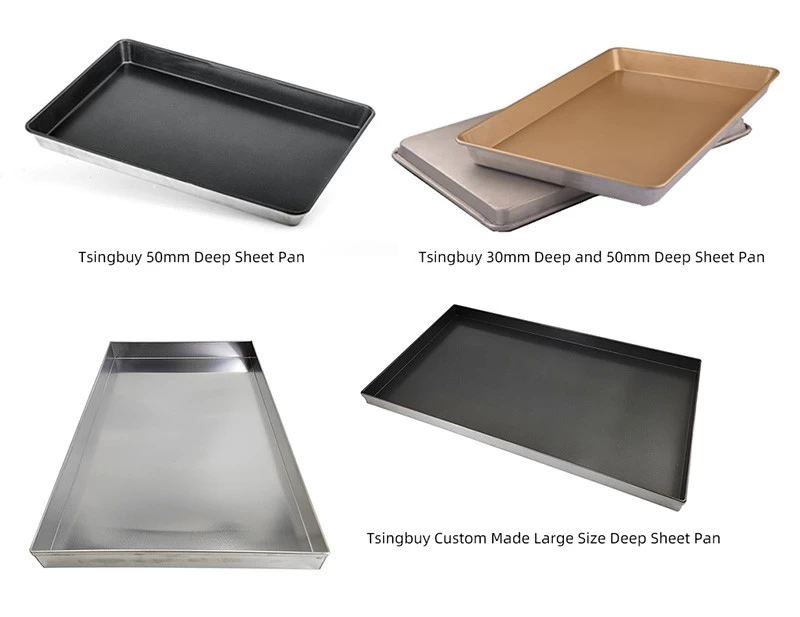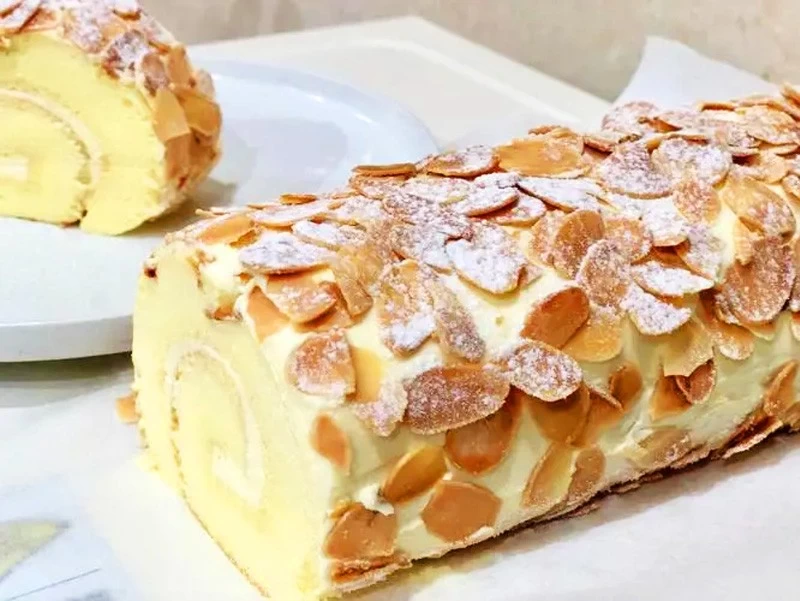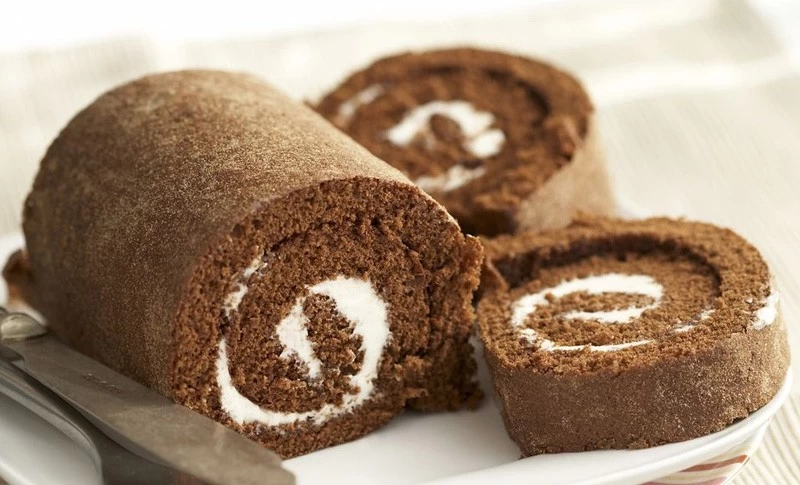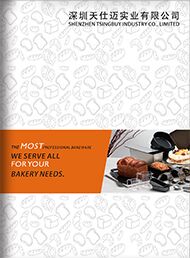What is a Jelly Roll Pan?
A jelly roll pan is a versatile kitchen tool every baker should have. This flat, rectangular pan with raised edges is typically made from materials like aluminum or stainless steel, offering excellent heat distribution and durability. Its most common use is for baking jelly roll cakes, where a thin sponge is rolled up with fillings, but its functionality extends far beyond that. From baking sheet cakes and cookies to roasting vegetables and meats, a jelly roll pan is an essential, multi-purpose piece of bakeware.
When choosing the right jelly roll pan, it's important to consider factors like material, size, and whether to opt for a non-stick version. Each feature influences how your baked goods turn out and how easy the pan is to maintain. Proper care, such as preventing warping and cleaning based on the pan's material, can significantly prolong its lifespan.
Throughout this article, we’ll explore the best ways to use, maintain, and choose a jelly roll pan. You'll also find delicious recipe ideas to try at home and a comparison with other common bakeware. Whether you're a seasoned baker or just starting, this guide will show you why a jelly roll pan deserves a spot in your kitchen.
Contents Summary
- What is a jelly roll pan?
- What are the key features of a jelly roll pan?
- What are the popular uses of a jelly roll pan?
- Best recipes to try with a jelly roll pan in the home kitchen?
- What is the difference between a jelly roll pan and a baking sheet / cookie sheet / sheet pan?
- How to care and maintain the jelly roll pan?
- How to purchase a jelly roll pan?
What is a jelly roll pan?
A jelly roll pan is a flat, rectangular baking sheet designed with low, raised edges. Typically made from durable materials like aluminum or stainless steel, this pan is essential for a variety of baking tasks. The low sides, usually about 1 inch in height, help contain batter and liquids while providing structural support to delicate baked goods. Standard jelly roll pans come in sizes like 10.5 x 15.5 inches, though they can vary slightly. The pan is most famously used for making jelly rolls, a type of thin sponge cake that is spread with filling and rolled up to create a spiral effect. However, its versatility extends to other baked goods like sheet cakes, cookies, bars, and even savory dishes such as roasted vegetables or meats. Its design makes it a practical, multi-purpose tool in the kitchen.
What are the key features of a jelly roll pan?
Material:
Jelly roll pans are commonly made from materials like aluminum, stainless steel, non-stick, or silicone. Aluminum is popular for its excellent heat conduction, ensuring even baking. Stainless steel is durable and resistant to rust, though it may not heat as evenly as aluminum. Non-stick pans are coated to prevent food from sticking, making them easier to clean, though the coating can wear off over time. Silicone pans offer flexibility and non-stick properties but might not provide the same crispness as metal pans in baked goods.
Size Options:
The most common size for a jelly roll pan is 10.5" x 15.5", though other sizes are available. The size of the pan can significantly impact the results of your baking. A larger pan will create thinner cakes or cookies, while a smaller one will result in thicker items. Choosing the right size depends on the recipe and desired outcome. For example, jelly rolls require the correct pan size to ensure the cake is thin enough to roll without cracking.
Rimmed Edges:
The rimmed edges of a jelly roll pan are an essential feature, designed to keep liquids or loose ingredients contained. This makes the pan ideal for baking liquid batters like cake or jelly rolls and for roasting vegetables or meats without spills. The raised edges also provide additional stability when moving the pan in and out of the oven.
Non-stick vs. Traditional:
Choosing between non-stick and traditional pans depends on your preferences for baking and cleaning. Non-stick pans make it easier to remove baked goods without sticking, which is especially useful for delicate cakes or pastries. However, non-stick coatings can wear off over time, reducing their effectiveness. Traditional pans, without a non-stick coating, might require greasing or lining with parchment paper but tend to last longer and can handle high heat without damage.
What are the popular uses of a jelly roll pan?
A jelly roll pan is incredibly versatile, making it a staple in many kitchens for both baking and cooking. Whether you’re purchasing one for personal use or looking for aluminum jelly roll pan wholesale options, this pan's design caters to a wide range of needs. Here are its most popular uses:
- Jelly Rolls: Its primary use is for baking thin sponge cakes that can be spread with fillings and rolled into the classic jelly roll shape.
- Sheet Cakes: The shallow depth is perfect for baking large, thin cakes that can be easily layered or decorated.
- Cookies and Bars: It provides a spacious, flat surface ideal for baking batches of cookies or bar-style desserts like brownies or lemon squares.
- Roasting Vegetables and Meats: The raised edges make it ideal for roasting vegetables, chicken, or fish, keeping juices contained and allowing even roasting.
- Making Granola: The large, flat surface ensures even baking of granola, allowing it to become crisp without burning.
- Freezing Ingredients: The pan's size and shape make it practical for freezing items like berries or pre-made dumplings in a single layer before transferring them to a storage bag.
Each of these uses highlights the versatility of the jelly roll pan, making it suitable for both sweet and savory dishes.
Best recipes to try with a jelly roll pan in the home kitchen
Jelly roll pans are perfect for making the classic jelly roll cake, a light, thin sponge cake filled with jam, cream, or frosting and rolled into a spiral. The shallow depth of the pan ensures the cake bakes evenly and is thin enough to roll without cracking, creating a beautiful swirl of cake and filling.
Beyond desserts, jelly roll pans are ideal for sheet pan dinners, where you can roast meats and vegetables together for an easy, flavorful meal. The pan's size allows plenty of space for items like chicken breasts, potatoes, and vegetables to cook evenly, all in one go, making cleanup quick and simple.
For baked goods, jelly roll pans are great for making thin sponge cakes, brownies, and cookies. The low sides allow these items to bake evenly with a nice, crisp finish. You can also bake batches of biscotti, bar cookies, or other treats in this versatile pan. Its flat surface ensures uniform baking, helping you create delicious, perfectly textured cookies or bars every time.
What is the difference between a jelly roll pan and a baking sheet / cookie sheet / sheet pan ?
Tsingbuy jelly roll pan factory in China designs and manufactures various baking sheet pans for both home kitchen and commercial bakery use. What are the differences then?
When comparing a jelly roll pan to a baking sheet, the most noticeable difference is the depth of the pan. A jelly roll pan has raised edges, typically around 1 inch high, while a baking sheet is flat with no rim or has only a very slight edge. The raised edges on a jelly roll pan are crucial for containing liquid batters or juices from foods like cakes or roasted vegetables. This makes it the preferred choice for recipes that involve thinner batters or ingredients that release moisture during baking. A baking sheet, on the other hand, is ideal for dry baking, such as cookies or flatbreads, where you don’t need to contain liquids.
When comparing a jelly roll pan to a cookie sheet, the difference lies again in the edges. Cookie sheets usually have one or more sides without raised edges, allowing for easy removal of cookies and improved air circulation. However, the jelly roll pan is better suited for recipes with liquid batters or sticky ingredients, thanks to its fully rimmed edges. The raised sides ensure that batter doesn’t spill over during baking and also make it easier to handle for tasks like roasting or broiling. If you're baking something like a jelly roll cake or brownies, where containing the batter is key, the jelly roll pan is the superior choice. Cookie sheets, while great for baking cookies, are less versatile for these types of tasks.
When comparing a jelly roll pan to a sheet pan, the two have more similarities, but there are still some important differences. Both pans have raised edges, making them suitable for baking and roasting tasks that involve liquid or moisture. However, sheet pans tend to be larger and deeper, often with dimensions like 18 x 13 inches and 1-inch-high edges, compared to the jelly roll pan's typical size of around 10.5 x 15.5 inches. The larger surface area of the sheet pan makes it ideal for bigger batches of food or for roasting a variety of ingredients at once. In contrast, the jelly roll pan is perfect for smaller tasks, especially when making specific items like jelly rolls or thin cakes. Both pans are versatile, but the jelly roll pan is more specialized for baking delicate, thin items, while a sheet pan is a better all-around tool for larger meals and batch baking.
How to care and maintain the jelly roll pan?
Cleaning:
Proper care and cleaning of your jelly roll pan are essential for extending its lifespan, especially when dealing with different materials. Non-stick pans require gentle cleaning to preserve the coating. It’s best to avoid abrasive scrubbing pads or harsh chemical cleaners, which can damage the non-stick surface over time. Instead, use soft sponges and mild dish soap. If food becomes stuck, soak the pan in warm soapy water before gently wiping it clean. For traditional metal pans like aluminum or stainless steel, cleaning is generally more straightforward, though it’s still advisable to avoid harsh scrubbing to prevent scratches. Hand washing is often preferred for all types of jelly roll pans, even if they are labeled as dishwasher-safe, as high heat and harsh detergents in dishwashers can wear down the material.
Avoiding Warping:
Warping is a common issue with thin metal pans, and jelly roll pans are no exception. It typically happens when the pan is exposed to sudden changes in temperature, such as going directly from a hot oven to a cold surface. To prevent warping, it’s important to let the pan cool gradually. Avoid placing a hot pan under cold water or on a cold countertop immediately after use, as the rapid temperature change can cause the metal to buckle. Additionally, try not to use your jelly roll pan at extremely high temperatures, especially if it's made from thinner materials. If you're roasting or baking at high heat, consider using a heavier, more durable pan to minimize the risk of warping. Tsingbuy aluminum baking pan manufacturer in China is professional in producing commercial gade and heavy duty aluminum jelly roll pans, as wll as various baking sheet pans. Contact Tsingbuy for commercial grade baking sheet pans at any time, with OEM service supported.
Storage:
Proper storage of your jelly roll pan helps protect it from scratches, dents, and other damage that can occur in a crowded kitchen. To prevent scratching the surface, particularly with non-stick pans, avoid stacking heavy items directly on top. If you must stack pans, consider placing a layer of protective material like a dish towel or silicone mat between them. For metal pans, storing them in a vertical rack or hanging them can help keep them from getting damaged while saving space. Always ensure the pan is fully dry before storing it, as residual moisture can lead to rust or corrosion in metal pans over time. By storing your jelly roll pan properly, you can ensure it stays in good condition for years of use.
How to purchase a jelly roll pan?
Material Preferences:
When choosing the right jelly roll pan, the material is one of the most important factors to consider, as it affects heat conduction, durability, and ease of cleaning. Aluminum is a popular choice due to its excellent heat conduction, allowing for even baking and browning of cakes, cookies, and roasts. However, aluminum can scratch easily and may react with acidic ingredients, so it requires more careful handling. Stainless steel is another option known for its durability and resistance to rust, though it doesn’t conduct heat as evenly as aluminum. Non-stick and silicone pans offer easy cleanup but may not last as long, with silicone being better for lower-temperature baking. Each material offers a different balance of performance, so choosing the right one depends on how often and for what purposes you plan to use your pan.
Non-stick Coating:
The presence of a non-stick coating is another important consideration. A non-stick jelly roll pan simplifies baking by requiring less greasing, reducing the chances of cakes or cookies sticking to the surface. This is especially helpful for delicate items like sponge cakes or sticky recipes such as brownies. However, non-stick coatings can wear down over time, especially with frequent use, exposure to high heat, or abrasive cleaning. Once the coating begins to chip or peel, the pan's effectiveness diminishes, and it may even release harmful chemicals. Traditional metal pans, without a non-stick coating, might require more prep work, such as greasing or lining with parchment paper, but they tend to last longer and can withstand higher temperatures.
Weight and Thickness:
The weight and thickness of the pan are also key factors in performance. Heavier and thicker jelly roll pans distribute heat more evenly, which is essential for baking tasks that require consistent browning, such as roasting vegetables or baking a thin layer of cake. Thin pans are more prone to warping under high heat, which can affect the quality of your baked goods or even lead to spills in the oven. Additionally, the raised rim on a jelly roll pan is crucial for recipes like jelly rolls, where containing liquid batter is necessary to achieve the desired shape. The rim also makes the pan ideal for dishes like lasagna or other casseroles, as it helps prevent ingredients from spilling over. For these reasons, a pan with a sturdy raised rim and proper thickness ensures greater versatility in the kitchen.
In conclusion, a jelly roll pan is an incredibly versatile tool, perfect for both sweet and savory dishes. Its low sides and large, flat surface make it ideal for baking delicate sponge cakes, cookies, and brownies, while the raised edges allow for roasting vegetables, meats, and even preparing sheet pan dinners without spills. The pan’s design ensures even cooking and prevents messes, making it a kitchen essential. Whether you’re making a classic jelly roll cake or experimenting with savory sheet pan meals, this pan’s adaptability invites you to explore a wide range of creative recipes that showcase its unique qualities.


